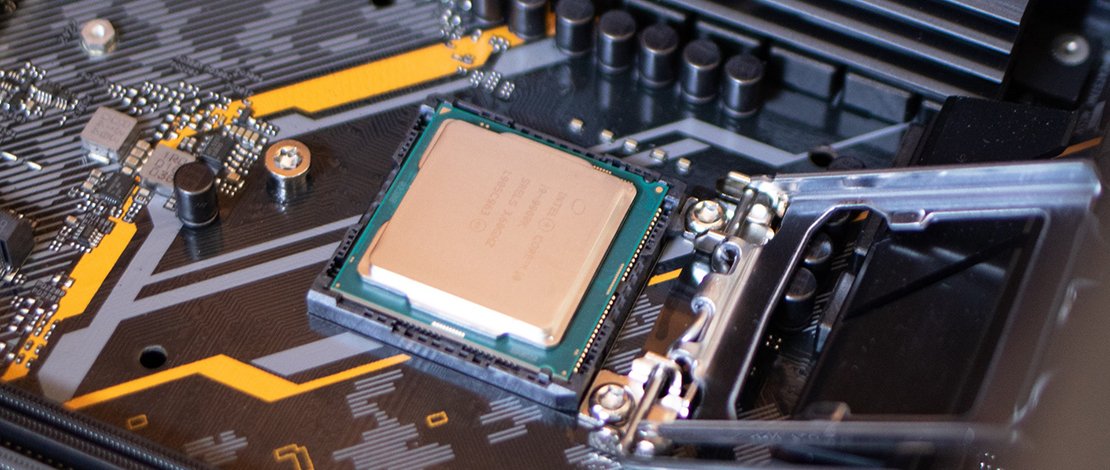CPU specs: What You Need to Know

The first thing you need to know when buying a CPU is what you want to do with it. Once you know your needs, you can narrow the list down significantly and make your pick. In this article, we will help you understand CPU specs so that you know how to make your pick.
The Major Retailers
Intel and AMD are the biggest CPU makers, currently in the market. Their chips are high quality and are great for everyday users.
However, they are not the same. Intel is barely clinging to the market with their aging Skylake architecture because they refused to innovate when they had the major market share. Quite simply, their current CPUs are at the brink of obsolescence and ideally should not be your first choice.
Intel stagnated the market for more than 5 years with their 4 core CPUs and this has led to their own undoing. Intel versus AMD is currently very much in the favor of AMD.
AMD on the other hand has captured the market with both budget and high-end CPUs. Their Zen architecture allows greater clock speeds, better running temperatures and more cores. Coupled with very competitive pricing, the current market very much favors AMD.
A general idea can be derived from the naming of the product line, as is explained.
- Ryzen 3 and Core i3: Lower-end, budget CPUs designed for light everyday use.
- Ryzen 5 and Core i5: Mid-tier CPUs. Can handle most games and decent workloads. Perfect for those looking for a mix of budget and performance.
- Ryzen 7 and Core i7: High-end CPUs. Designed for maximum performance. Best suited for those looking to buy for the long-term.
- Ryzen 9 and Core i9: Extreme performance CPUs. Realistically more of a novelty, as they are overkill for a vast majority of users. Only the most dedicated enthusiasts prefer them.
Clock Speed
A CPU’s Clock speed is the best measure of its performance. A higher clock speed denotes better processing power while a lower clock speed means a slow CPU.
The clock speed basically means how many cycles per second the CPU can execute. It is measured in GHz and the bigger the number, the faster the CPU usually is.
Factors such as IPC (instructions per cycle) and the number of cores also determine how much actual performance clock speed translates into. IPC count is usually not a part of CPU spec sheets but individual curators do manage to work them out.
Most CPUs on the market come with a preset ‘base clock’ and a theoretically boosted clock speed. The base clock speed shows how fast the CPU performs under everyday conditions, with little to no assisted cooling. Most CPUs can also manage short-term performance bursts when facing demanding tasks.
The boosted clock speed shows the CPUs overclocking potential. This means how much faster the CPU can be made to run with some changes and dedicated cooling solutions. Overclocking, however, for the majority of CPUs, only translates into very minor performance improvements and can actively be harmful to the CPU.
Number of cores/threads
A core is simply put, a CPUs processor. Older CPUs only had 1 core but current CPUs feature anything between 2 to 18 cores. Increased number of cores allows CPUs to process multiple tasks at the same time. This improves efficiency and allows much faster computing.
Most processors can also manage to split their cores into virtual cores called threads. This further improves efficiency and allows the CPU to process more tasks at the same time. Threads are achieved by simultaneous multi-threading or ‘hyper-threading’ for Intel CPUs.
Increased number of cores is more useful for CPU intensive applications video editing and 3d rendering but offers little in terms of gaming performance.
If you’re looking to buy a new CPU, go for a CPU with at least 4 cores, which ensures your CPU will be able to handle most everyday workloads for the next 3 to 4 years.
TDP
Thermal Design Power or TDP is an indicator of how much heat the CPU dissipates. It gives a fair measure of how much power the CPU will draw and how hot it runs. It also helps you out when picking out a PSU for the PC.
A lower TDP indicates that the CPU is more economical in terms of power usage and does not generate too much heat. However, TDP is also somewhat tied with performance as high-end CPUs tend to generate more heat and need more juice.
This is one area where AMD CPUs outshine Intel. They have lower TDP while delivering greater performance. For example, The AMD 5 5600x, has a TDP rating of 65W, while its counterpart from Intel, the I5 10600K has a rating of 125W.
This shows how Intel’s new CPU line is just old architecture beefed up with more power.
Integrated Graphics
Most Intel CPUs come with Integrated Graphics for basic graphic processing. This allows for basic graphical tasks like running videos and some games. Integrated Graphics are, however, awful when compared to dedicated GPUs.
AMD processors also have VEGA graphics, as their own integrated graphics processing unit, but recent AMD CPUs usually don’t have it. So you’re going to need a dedicated GPU if you want to go for any newer AMD CPU.
Cache Memory
Cache memory is a small integrated high-speed memory that is physically very close to the CPU. It functions very much like RAM and facilitates very rapid data transfer to the CPU for maximum efficiency.
Cache memory does not hold too much importance on its own though. Gaming performance is not affected by it and the benefits will only show when you’re multitasking or running very CPU-intensive applications.
More cache memory is obviously better but it should not be your be biggest priority.